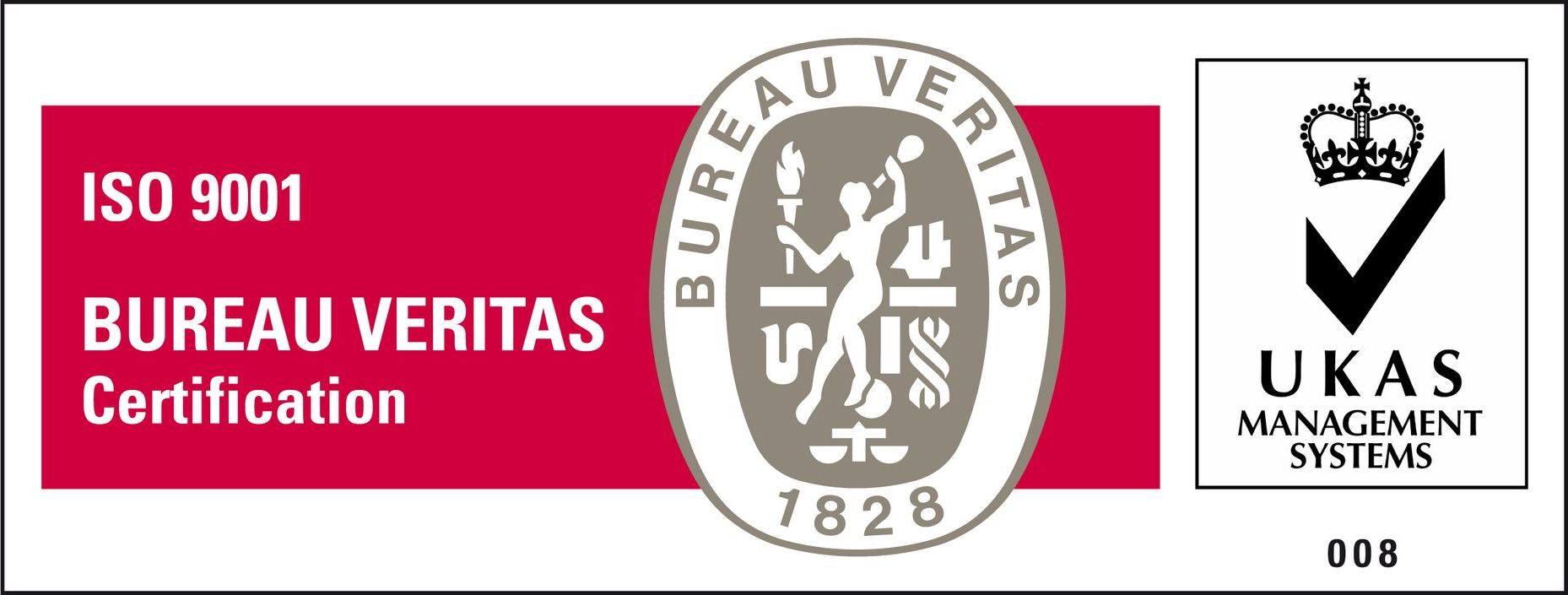Metal surface treatment
The company MB Prekutas carries out surface treatment of various metals. It is a wide range of surface treatments that make metal resistant to external influences, corrosion, rust or give it the desired aesthetic appearance. We work with all types of metals such as aluminium, steel, brass, stainless steel, etc., which can be zinc coated, electroplated, anodised, etc.
We offer our customers different surface treatment techniques such as hot-dip galvanising, electroplating, anodising, etc.
METAL SURFACE TREATMENT
Which surface treatment method to choose?
Choosing the right metal surface treatment for your needs is a crucial step in achieving good results.
Let’s briefly discuss some of the most popular options available:
Electroplating
The surface of the metal can be treated by electrolysis/electrochemical treatment: a special technique is used to coat the metal with another metal. Additives such as zinc, aluminium zinc, tin, copper, nickel and chromium are commonly used in this process.
Such surface treatment helps to ensure the strength of components and structures and their resistance to moisture, corrosion and rust.
Perhaps the best example of electroplating is zinc plating. It is intended for ferrous metal products, which are electrochemically coated with zinc. Different thicknesses of zinc coating can be chosen, making this method very versatile.
Hot dip galvanising
This is one of the most efficient methods of metal surface treatment. The metal workpiece is placed in a special bath. The zinc layer is then applied evenly to all (even hard-to-reach) surfaces of the workpiece using modern technology.
Hot-dip galvanizing provides a thick protective layer that significantly prolongs the service life of the metal structure and protects it against corrosion, rust, moisture, and mechanical damage. This method is suitable for virtually all components and structures. The zinc-coated metal product can be used even in harsh outdoor conditions. Our galvanizing complies with standards EN ISO 1461.
Anodising
Similar to electroplating, anodising is a process by which the metal is treated electrochemically. It is coated with a layer of oxide of the same metal.
The principle of anodising is to cover metal components using an electric current until the surface takes the desired shape, becoming smooth and matt. By adjusting the oxide layer, the part or product takes on the desired colour.
Anodised surfaces are stronger, more resistant to oxidation and corrosion, and are given their colour naturally, without dangerous chemical additives.
Anodising is more widely used for surface treatment of aluminium. The anodised metal workpiece can be coloured or in the natural colour of aluminium.

Why choose us?
When you entrust metal surface treatment to MB Prekutas, you won’t have to question the quality of the work. We strictly adhere to the deadlines we set for our work. We serve customers both in Lithuania and in foreign markets. We foster a friendly atmosphere, integrity and transparency.
We offer high-quality metal surface treatment techniques, years of experience and craftsmanship, surgical precision and professional assistance with both simple and complex projects.

Metal surface treatment works
One of the first questions some of our customers ask is about the cost of metal surface treatment.
We don’t have a single answer to this question, as the cost of each project is calculated individually. It depends on the type of metal, the complexity of the structure, the scope of work and other factors.
Our aim is to make quality services affordable for everyone!





